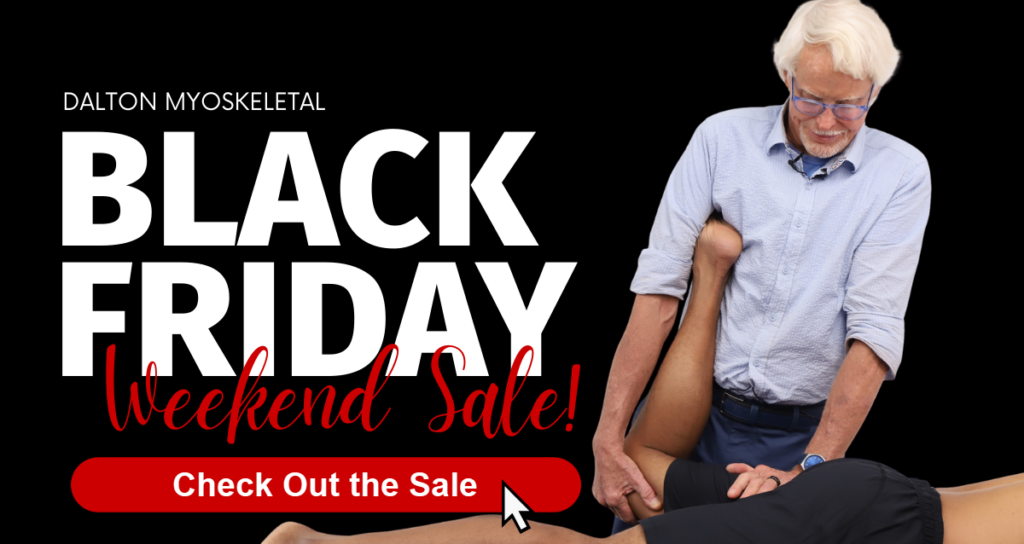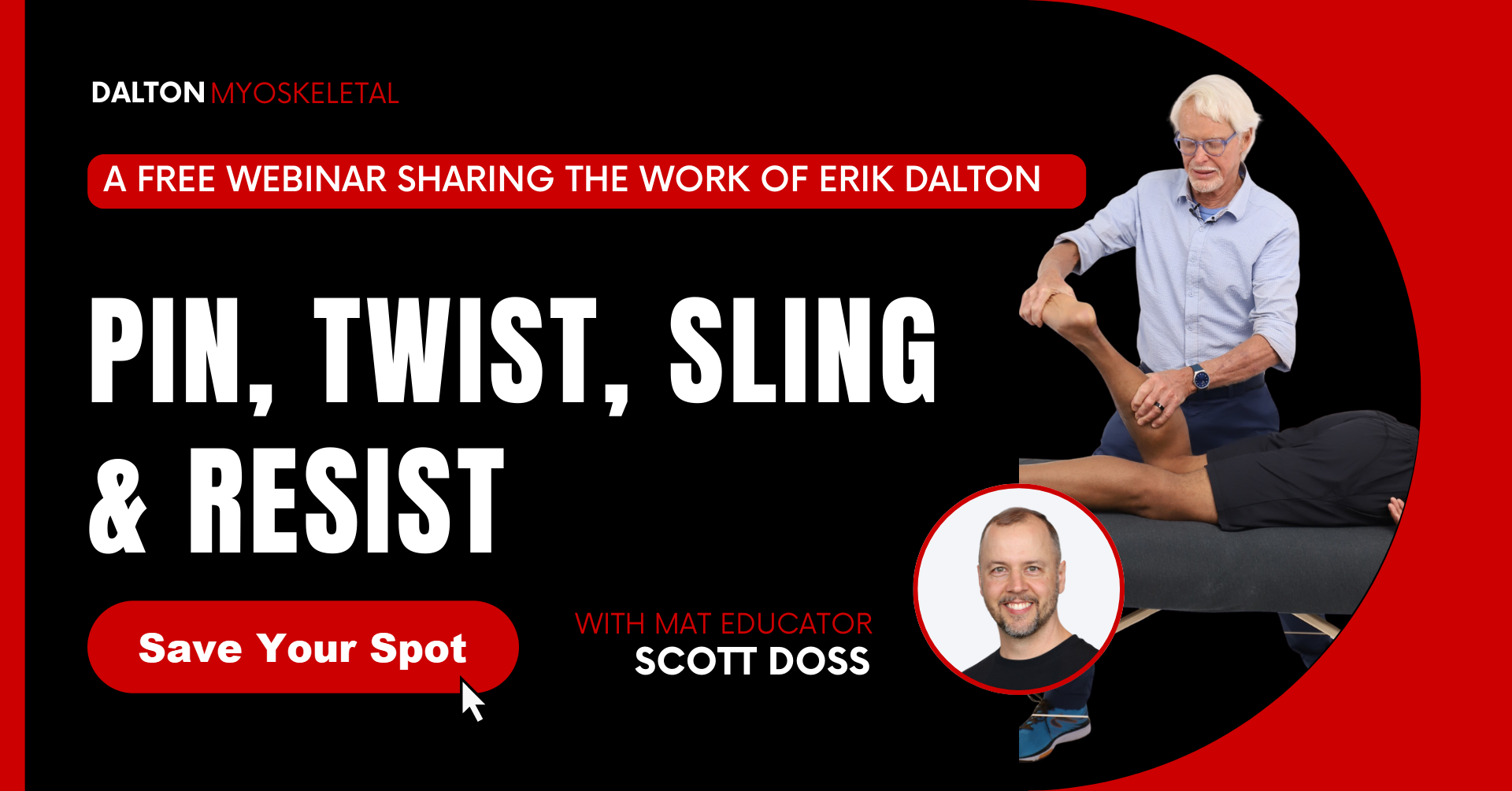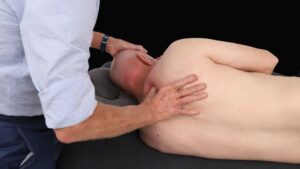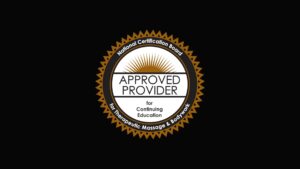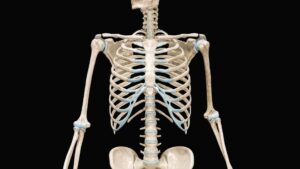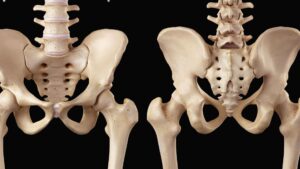According to the Cambridge Dictionary, the verb enhance means “to improve the quality, amount or strength of something.” Similarly, in Myoskeletal Alignment Techniques (MAT), the term enhancer is used as a noun to describe a therapist-directed movement cue that neurologically boosts, intensifies, and heightens a therapeutic outcome. In Image 1, I demonstrate a MAT enhancer for a client presenting with excessive thoracic kyphosis and upper crossed syndrome. Adding the enhancer to her MAT treatment boosted the involvement of her nervous system, allowing better rib-cage mobility, shoulder-girdle stability, and fascial front line extensibility. To help retrain her brain for this new posture, she was asked to perform the enhancer daily, preferably in front of a mirror.
MAT enhancers serve three primary purposes:
- Release musculofascial contractures
- Retrain the brain by introducing novel sensory information
- Reward the client through improved proprioception and body awareness
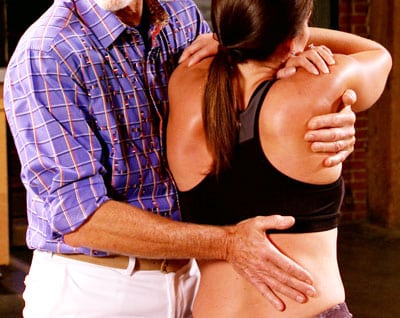
Case study: Treating whiplash with enhancers
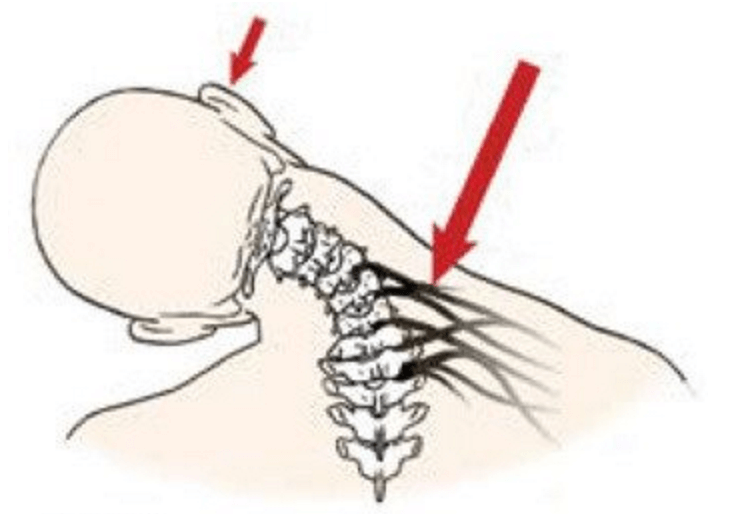
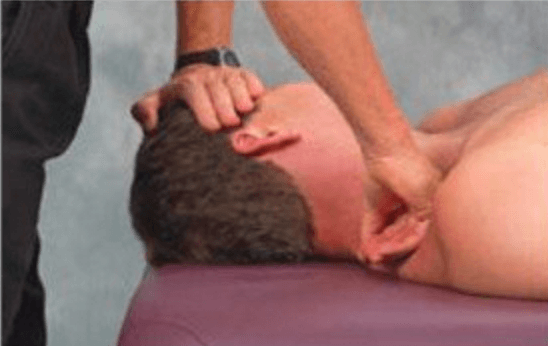
- Ben inhales and slowly looks over his left shoulder while my right fist hooks and drags the upper trapezius fascia posteriorly.
- Upon exhalation, he gently right rotates against my isometric hand resistance to a count of five and attempts more left rotation.
Follow-up treatment
When Ben returned the following week, he was asked to demonstrate the torso-twist enhancer I’d ask him to practice daily in front of a mirror. I was impressed with his progress but still observed strain in his SCM and at the base of his skull as he left rotated to end-range. Notice in Fig. Image 4. how my soft finger pads remain stationary, allowing Ben to left rotate at his tolerance level, and in Image 5. how I use an optic-nerve enhancer via the suboccipital muscles to help align the atlas-axis joint.
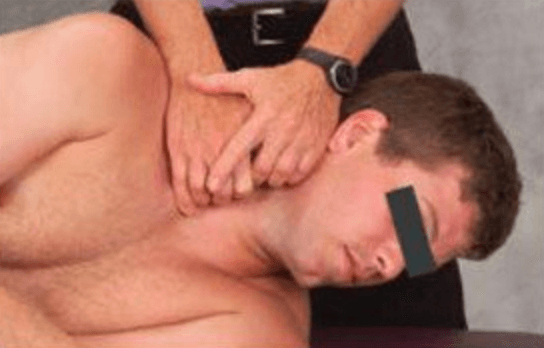
SCM Receptor Release
- Ben lifts and slowly rotates his head left to the barrier while my soft fingertips hook the sternal head of his right SCM.
- Upon exhalation, he drops the right shoulder and slowly looks toward the table to a count of five and relaxes.
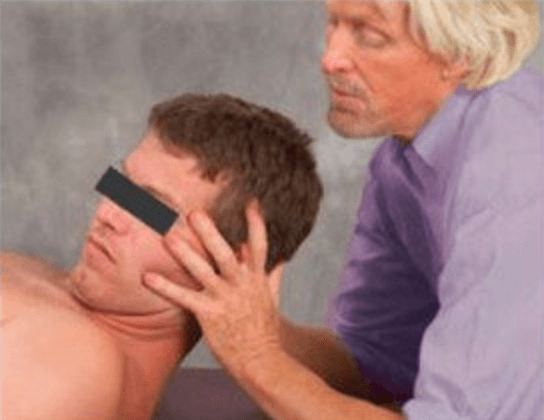
Atlas Axis Release
- Ben’s head and neck are flexed 90 degrees and rotated left to the first restrictive barrier.
- Using the suboccipital muscles as enhancers, Ben is asked to inhale and look over his right shoulder while my hands resist to a count of five.
- Upon exhalation, his head is rotated left to the next restrictive barrier.
Repeat 3-5 times.
During the three weeks of Ben’s treatment, I experimented with many myoskeletal techniques and enhancers, but those described in this article proved to be the most effective. Ben’s commitment to his MAT enhancer homework was a big plus in his recovery, which shortened his time with me and got him back behind the wheel.
